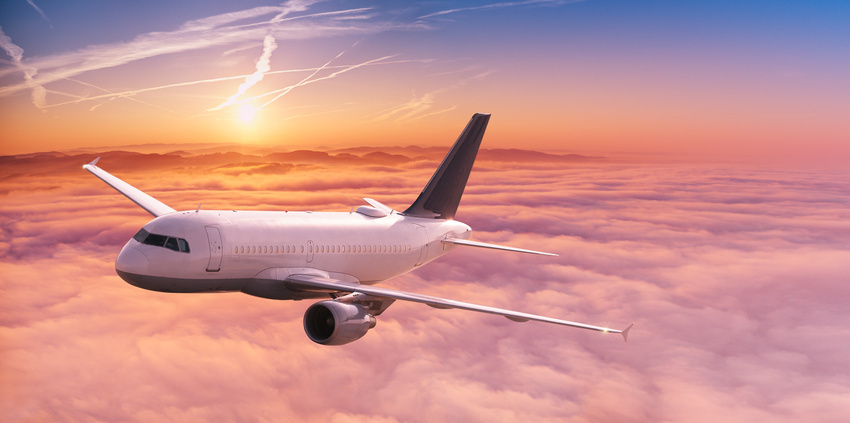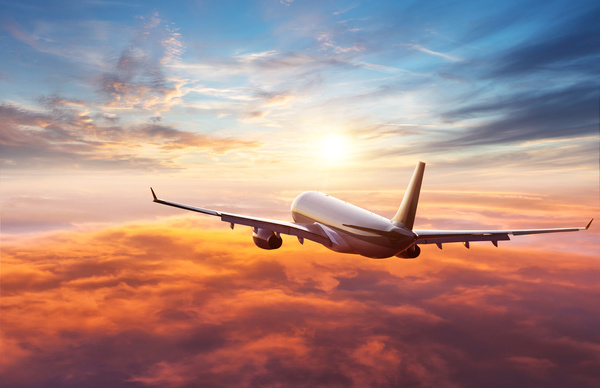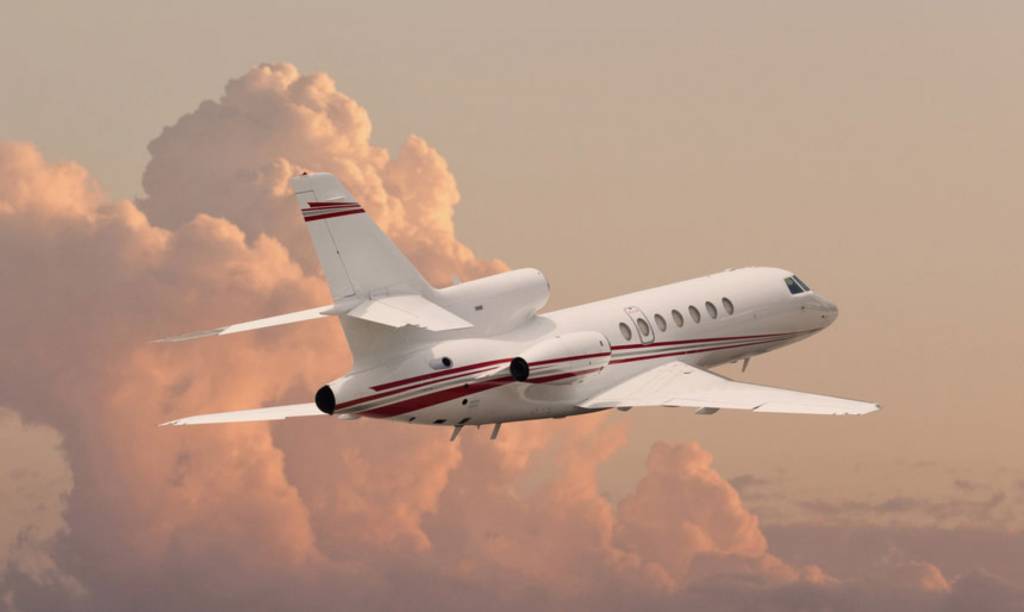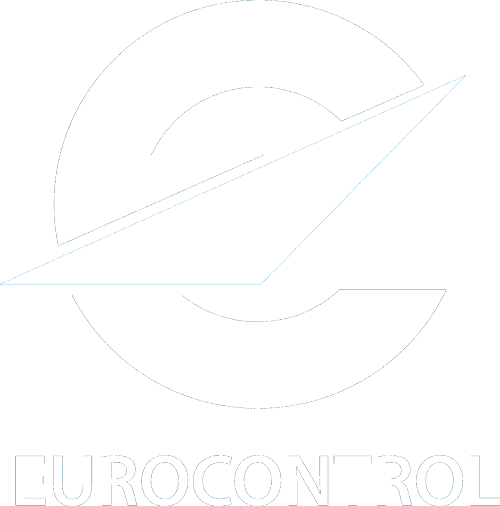Why are the planes white? 02/01/2023

They fly across our skies – and most of them are clad in white. Whether it’s an airliner or a private jet, we’re not even surprised by this colour, as it’s considered ‘normal’. But why are planes painted white?
| INDEX: 1. Weight 2. Natural air conditioning 3. Fleet optimisation 4. Safety and cleaning |
Weight🫒
You’ve probably heard of the famous olive at American Airlines, which, by removing it from meal trays, has saved the airline several thousand dollars in fuel costs. The same is true for the paint on the fuselage of aircraft.
In general, an aircraft has to be painted with 2 to 3 layers of paint and a finishing lacquer to add a glossy look in addition to the mandatory green anti-corrosion paint. The application of these various volumes of paint involves a significant weight. A fully painted Boeing 747 adds over 250kg to the aircraft’s initial weight – and a polished fuselage only 25kg. By repainting its fleet more simply (only logo colour), Easy Jet has been able to reduce its operating costs by 2% (in the past the company was recognisable by its aircraft with bright orange on the entire fuselage).
Just like choosing to remove an olive from a meal tray, having a white plane can be an economic choice.
Natural air conditioning ❄️

After taking off from a rainy destination, it is always nice to see the bright sun above the clouds and to feel the warmth. This feeling of warmth is a reality outside the aircraft on the fuselage.
The sun’s soft light warms the aircraft’s structure. Together with the frictional forces, this causes the temperature of the aircraft fuselage to rise to several hundred degrees Celsius. To moderate this, having your aircraft painted white allows light and heat to be reflected and therefore reduces (1) the temperature of the fuselage and (2) the cabin; this equates to savings in air conditioning for passenger comfort.
This question of fuselage temperature was a real headache for the Concorde engineers during the collaboration with Pepsi. The Concorde, which was originally white, had to be painted in the Pepsi colours (blue). This reduced the reflection of light on the cockpit, and therefore the temperature of the fuselage and especially the nose of the aircraft (the hottest and most sensitive area of the aircraft (precision instruments) – where it is preferable to maintain a reasonable temperature). Note: the nose of the Concorde was around 127°C in flight.
Aircrafts optimisation 📊
The market of second-hand aircraft
In aviation, buy-back or lease-back between owners and airlines is customary.
When the aircraft is white (private jet or airliner), it has a better resale value. Why does a white aircraft sell better? For the future buyer, a white aircraft (1) ages less quickly and (2) is neutral (no logo) which allows the repainting of the fuselage to be skipped for a certain period of time.

White fades less quickly
In the light, you may have noticed that your old (printed) childhood photos have a tendency to fade. The colours fade and lose their brilliance. The same observation is made on aircraft fuselages. The oxidation is amplified by altitude and UV rays, resulting in a degradation of the colour.
This process affects all aircraft – whether coloured or not. White, on the other hand, retains a certain quality for longer. In addition, with time and use, scratches and paint defects appear. White has the virtue of making them less noticeable to the untrained eye.
Thus, the painting job can be postponed until later.
Painting costs
Refurbishing an aircraft’s hull – and therefore repainting it – has direct costs. To keep its shine, an aircraft is usually repainted every four years. For this facelift, the aircraft has to remain on the ground for several days. For an Airbus, this is equivalent to 2 to 7 days. Financially, it is necessary to spend between 50.000$ and 200.000$ for this operation (the price varies according to the aircraft and the final design chosen). In addition, if the aircraft is used on scheduled or charter flights, it is important to take into account the loss of commercial revenue.
Money, labour and time make refurbishment a significant expense.
Safety and cleaning 🧽
At airports, aircraft are subject to security checks. Sand, oil and dirt must be detected as quickly as possible in order to anticipate leaks and take rapid corrective action.
For the safety teams, white aircraft allow them to carry out the check-ups in an optimal way. Oil stains and leaks, for example, are immediately highlighted.
This does not guarantee safety. It is, however, a factor in the safety and compliance of the aircraft.









